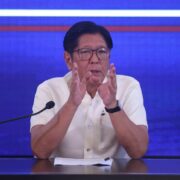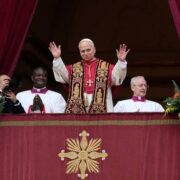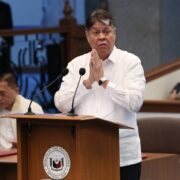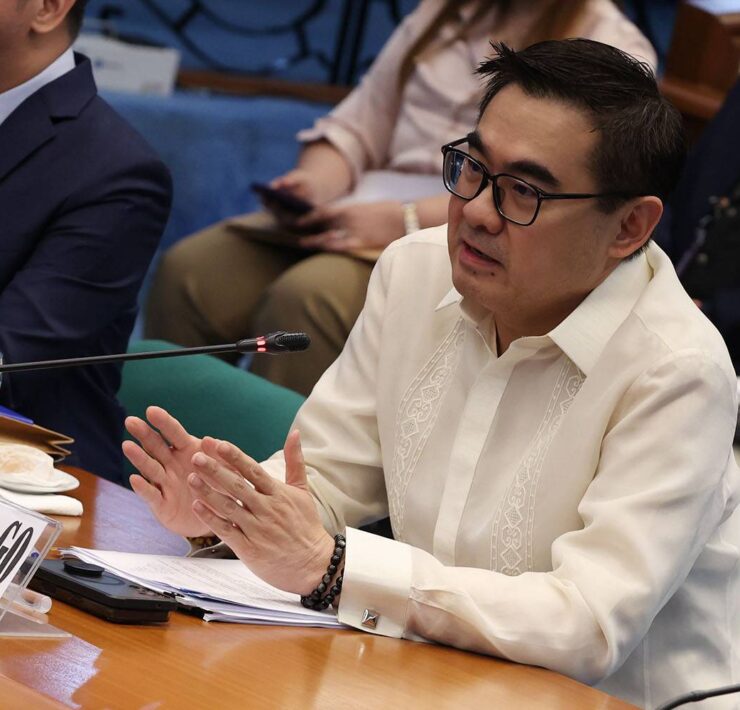Decoding the 2025 elections

The 2025 Philippine elections underscored a growing truth in politics: branding shapes not just perception but performance. As with consumer markets, voters today are driven not only by recognition but by relevance. They don’t just want to know a candidate’s name; they want to know what that name stands for.
Across celebrity bids, political dynasties, religious endorsements and shifting alliances, the electorate signaled it had matured. Branding fundamentals—positioning, emotional resonance, credibility and brand association—proved decisive in a political landscape where attention is scarce, but expectations are rising.
This article intends to share how branding lessons applied to the 2025 elections, and what they mean for marketers, strategists and future candidates. Each of the following insights connects political outcomes to timeless principles of brand strategy.
1. Continuity branding: How the Duterte name regained relevance
In marketing, mature brands must constantly reassert their relevance, or risk obsolescence. The Duterte brand, battered by controversies and internal fractures, seemed headed for decline in early 2025. Sara Duterte faced impeachment, former allies defected and former President Rodrigo Duterte’s influence appeared to wane.
Then came the game-changer: Duterte’s arrest.
Rather than burying the brand, it reignited it. The arrest galvanized the base, stirred national debate and revived interest in the strongman image that had originally drawn support. In contrast to President Marcos’ technocratic “Bagong Pilipinas” narrative, Duterte’s regional, forceful leadership gained renewed appeal.
Survey data backed the shift: Marcos’ approval dropped to 25 percent, while Sara Duterte’s rose to 59 percent. Despite deep polarization, the Duterte brand reclaimed emotional ground by staying connected to unmet public sentiments—strength, identity and defiance.
Lesson: Brand continuity is not about staying static; it’s about staying emotionally connected. The Duterte brand endured because it evolved while retaining its core promise: decisive leadership with strong regional roots.
2. Celebrity branding: Why fame alone no longer wins votes
This election cycle marked a pivot in how celebrity candidates were judged. Name recall and star power, once enough to secure a seat, were no longer sufficient.
Winners like Isko Moreno, Vilma Santos-Recto and Arjo Atayde had something more: a track record. Their electoral success stemmed from transitioning beyond entertainment to effective governance. They didn’t just ride fame, they earned credibility.
Meanwhile, several celebrity aspirants lost decisively. Luis Manzano failed against veteran Dodo Mandanas. High-profile names like Bong Revilla, Willie Revillame and Philip Salvador failed to gain traction.
The message was clear: voters now demand substance, not just spotlight. The “halo effect” of fame may spark attention, but it fades quickly without policy fluency or demonstrated competence.
Lesson: In both politics and marketing, awareness is the starting point, but trust is the endgame. Fame opens doors, but only credibility earns votes.
3. Co-branding and endorsements: High reward, higher risk
Endorsements remain a potent political tool, but they have grown more fragile.
The Iglesia ni Cristo (INC) bloc again showed its strength. Seven of its eight senatorial endorsements made it into the Magic 12. Rodante Marcoleta, in particular, gained a notable lift from their support. When well-aligned, endorsements act as co-branding: they transfer trust from one entity to another.
But endorsement doesn’t guarantee success. Several candidates aligned with the Marcos administration, including Stella Quimbo, Pammy Zamora and Benny Abante, lost despite visibility. Their association with a government suffering from high disapproval ratings proved to be a liability.
In branding terms, this is co-branding risk: when one partner weakens, the other suffers.
Lesson: Endorsements amplify credibility; they can’t replace it. Voters increasingly distinguish between earned support and transactional alliances. Partnerships must feel authentic and mutually reinforcing.
4. Emotional branding: The Aquino legacy’s quiet reinvention
Once seen as fading, the “Yellow” brand reemerged, but with a modern twist. Bam Aquino and Francis “Kiko” Pangilinan’s electoral wins marked a return not of nostalgia, but of values reframed for today.
Rather than lean into anti-Marcos rhetoric or rehash Edsa Revolution-era slogans, they spoke directly to current voter concerns, such as education, jobs, mental health and democratic reform. Aquino’s positioning, in particular, was telling: more “Bam” than “Aquino”; he carried the brand’s best qualities while distancing from its baggage.
This struck a chord with younger, urban, reform-minded voters. It showed that even legacy brands can evolve, if they speak to the present.
Lesson: Emotional branding works when relevance leads. Nostalgia may spark interest, but sustained support requires present-day value. Strong brands honor their past while adapting for the future.
5. Brand association: The real battleground of voter perception
More than ever, the success of a political brand hinged not on who a candidate was, but on what their name was associated with. Dynasties, parties and institutions mattered less than the values a candidate embodied.
Candidates succeeded not because of machinery, but because they symbolized something clear to their constituencies. Party list groups like Akbayan advanced by aligning with specific, actionable issues. Even losing candidates were often rejected not for lack of recognition, but for inconsistent or unpopular brand associations.
This shift reflects a more brand-literate electorate. Just as consumers connect products with specific causes or identities, voters now look for coherence between candidate, message and movement.
Lesson: Brand association shapes perception. But only value sustains trust. A strong political brand must be strategically positioned, values-driven and continuously validated through performance.
From visibility to value: A new electoral standard
If there’s one overarching insight from 2025, it’s this: voters are done rewarding candidates for simply being known. They are looking for those who are known for something.
Political branding today operates under the same forces as consumer branding. Visibility may capture attention, but only value, clarity and trust can convert it into loyalty. The electorate wants leaders who solve problems, stay relevant and serve with authenticity.
In business, brands win by improving lives. In politics, candidates earn trust the same way, not by politicking, but by producing real outcomes.
So to every future candidate: What does your brand stand for? And more importantly, why should the Filipino people choose it again tomorrow?





















Uncovering the Marcos siblings’ conflict: A case study